Ghostly shadows slip through the tangled sawgrass and cypress swamps of southern Florida. Few ever catch a glimpse, but the legend of the Florida panther lives in whispered stories and fading pawprints. Once roaming far and wide, this elusive big cat now teeters on the very edge of extinction. Every sighting is a miracle, every surviving panther a stubborn defiance against the odds. Their golden eyes hold the secrets of a wild Florida most never see – a world both breathtaking and heartbreakingly fragile.
The Mysterious Identity of the Florida Panther

The Florida panther is not a completely separate species but a rare subspecies of Puma concolor, commonly known as the cougar, puma, or mountain lion. Unlike its relatives roaming the Rockies or the Andes, the Florida panther is uniquely adapted to the dense, humid forests and swamps of the southeastern United States. With a tawny coat, piercing eyes, and a signature crook at the end of its tail, the Florida panther cuts a striking figure, though it remains mostly unseen. These cats weigh between 70 and 160 pounds, making them one of the largest native predators in Florida. Their physical features, such as a broader snout and longer legs, have evolved over generations to help them navigate Florida’s wetlands and forests. Scientists recognize these subtle differences, and genetic studies have confirmed the panther as a distinct population with its own evolutionary history.
A Once Vast Range, Now Shrinking Fast
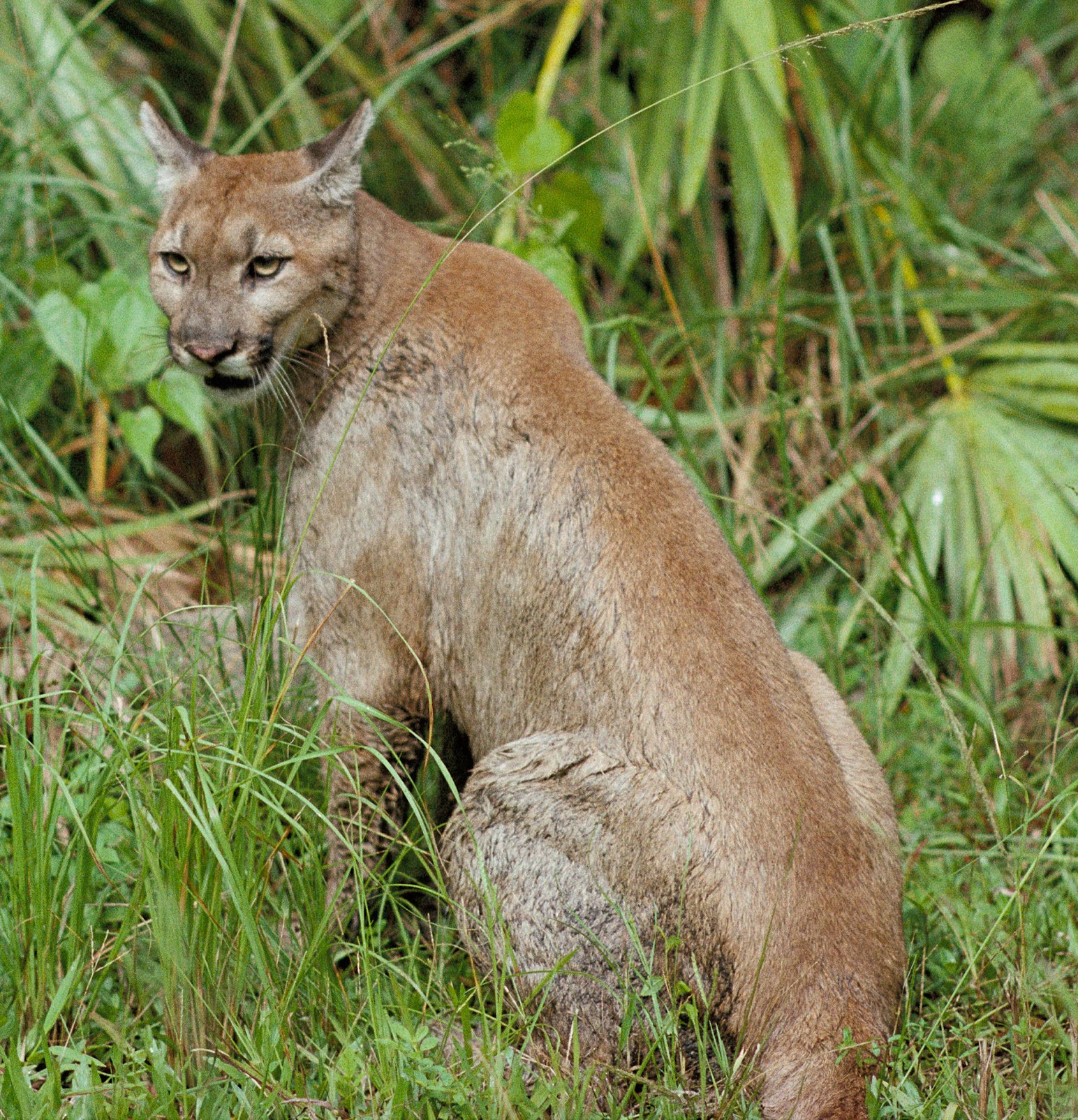
Long ago, the Florida panther’s range stretched across the southeastern United States, from Louisiana to the Carolinas and even into Tennessee. As European settlers moved in, the forests were cleared, swamps were drained, and the panther’s world began to shrink. Today, the panther is confined to less than 5% of its historic range, mostly in the wilds of South Florida. This dramatic loss of habitat has forced panthers into smaller and more fragmented territories. Roads, cities, and agriculture have carved up their remaining wilderness, isolating populations and making it harder for these cats to find mates, hunt, and thrive. The sight of a panther crossing a lonely stretch of road is a rare reminder of what Florida has lost – and what it still stands to lose.
Habitat: The Lush, Perilous Wilds of South Florida
The Florida panther’s home is a patchwork of swamps, pinelands, hardwood hammocks, and prairie. These habitats offer dense cover for stalking prey, water for drinking, and shelter from the relentless Florida sun. But with every new development, the wild spaces grow smaller and more isolated. Panthers need large territories, sometimes more than 200 square miles for a single male, just to survive. Within these lands, they chase down deer, wild hogs, raccoons, and even armadillos. The Everglades and Big Cypress National Preserve represent the last strongholds for the panther, but even these sanctuaries are under threat from pollution, invasive species, and climate change. Every acre lost is a blow to the panther’s future, making their survival a precarious balancing act.
The Dire Threats Facing Florida’s Elusive Cat
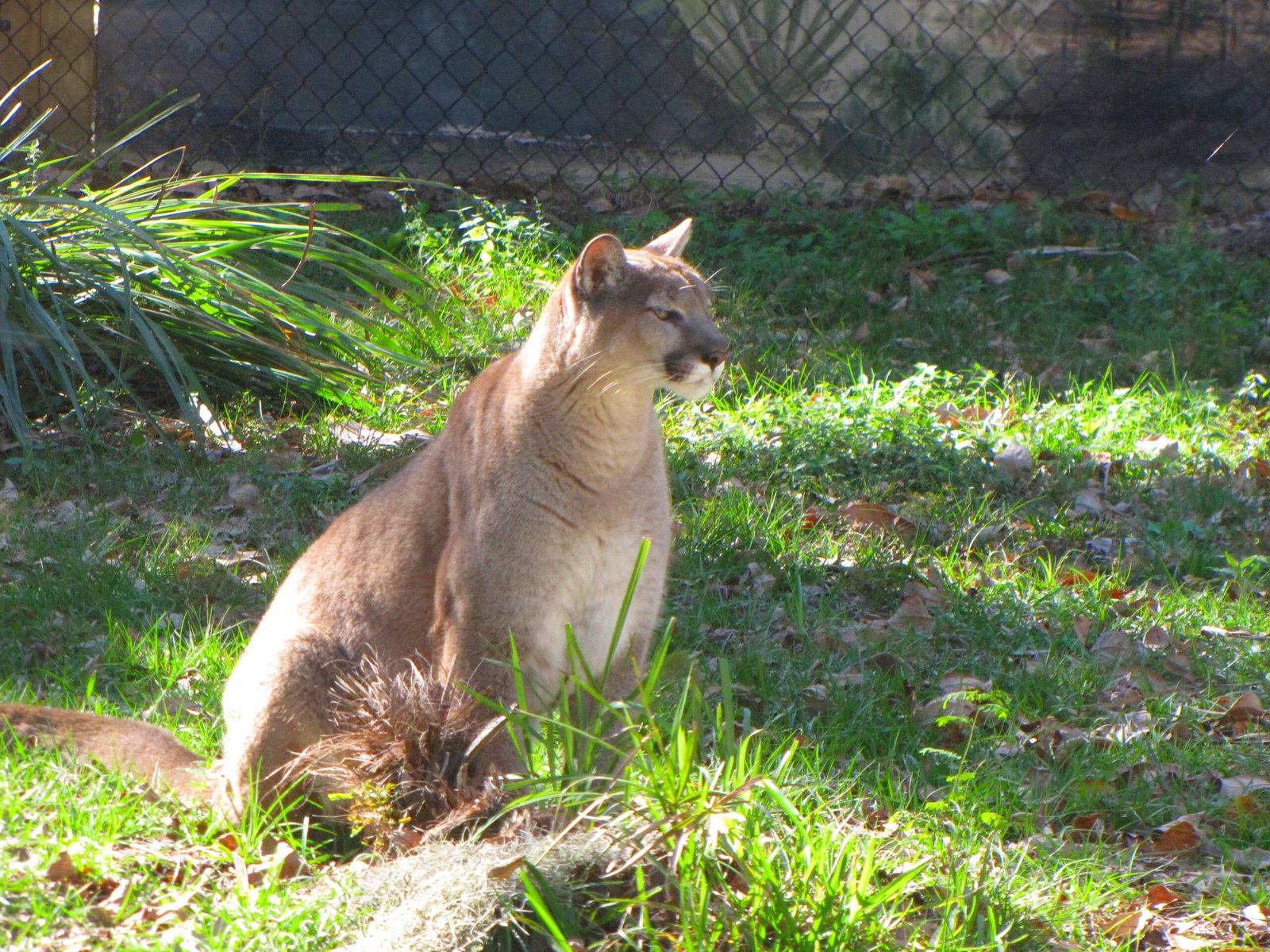
The Florida panther’s greatest enemy is habitat loss, but the dangers don’t end there. Vehicle strikes are a leading cause of death: panthers often try to cross highways at night, only to be struck by speeding cars. Inbreeding is another serious concern, as the small population leads to genetic defects and health problems. Disease, particularly feline leukemia virus, has also been detected among some panthers, raising fears of outbreaks that could devastate the remaining cats. On top of these threats, conflicts with humans, poaching, and environmental toxins like mercury further complicate their already fragile existence. The odds are stacked high, but every rescued kitten and rehabilitated adult is a testament to the resilience of the species.
Signs, Sounds, and Secrets: The Behavior of the Florida Panther
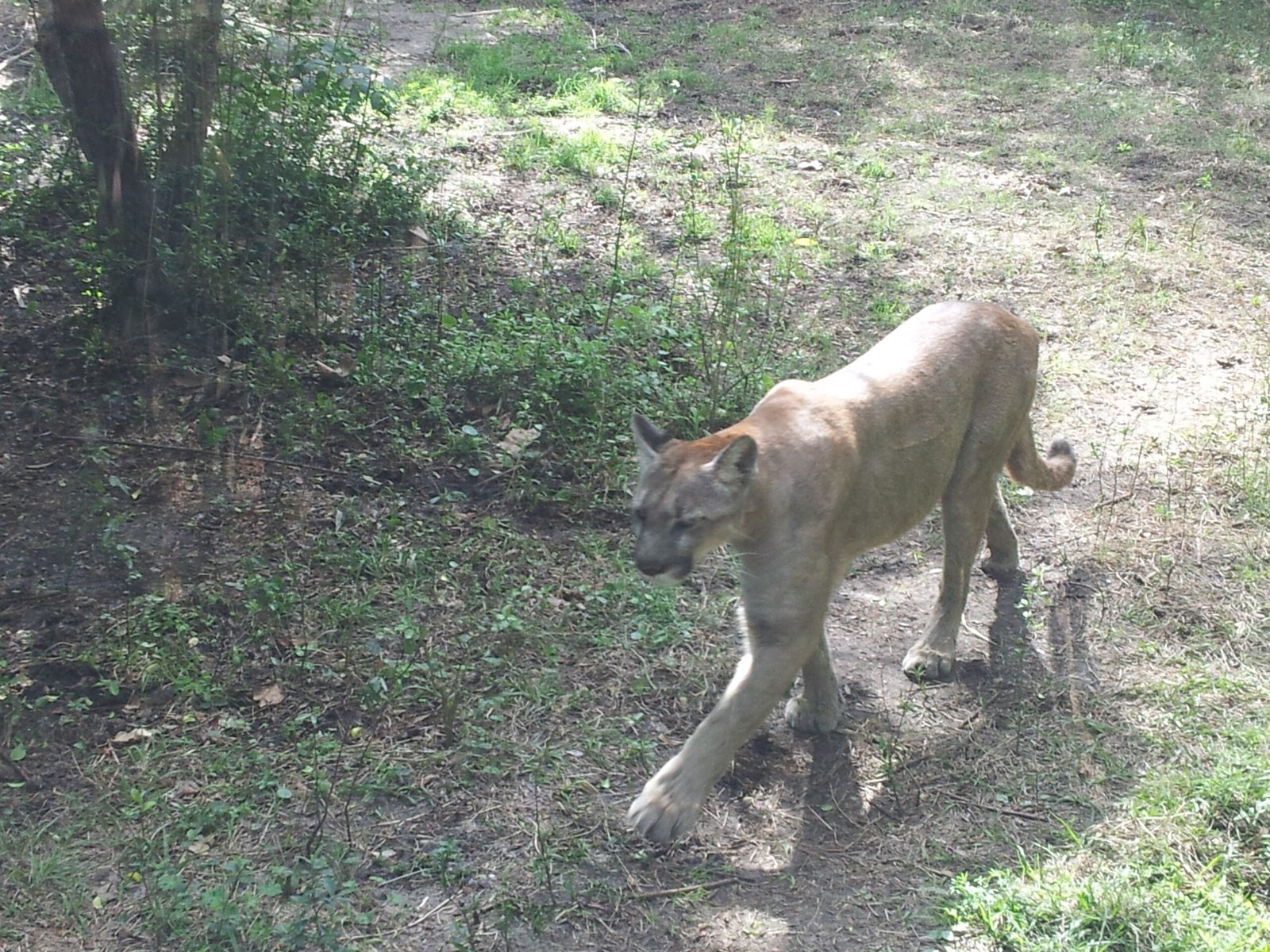
Despite their size, Florida panthers are masters of stealth. They move silently through the underbrush, relying on camouflage and acute senses to avoid both prey and people. Unlike lions or tigers, panthers are solitary by nature, coming together only to mate or raise kittens. Their calls are rarely heard, but can include whistles, chirps, and growls. At dawn and dusk, they patrol their territories, marking trees with scratches and scent to communicate with other panthers. Young panthers stay with their mothers for up to two years, learning how to hunt and survive in the wild. These behaviors are crucial for their survival, especially as their fragmented habitats make every decision a matter of life or death.
Genetic Crisis and the Lifesaving Texas Cougar Link
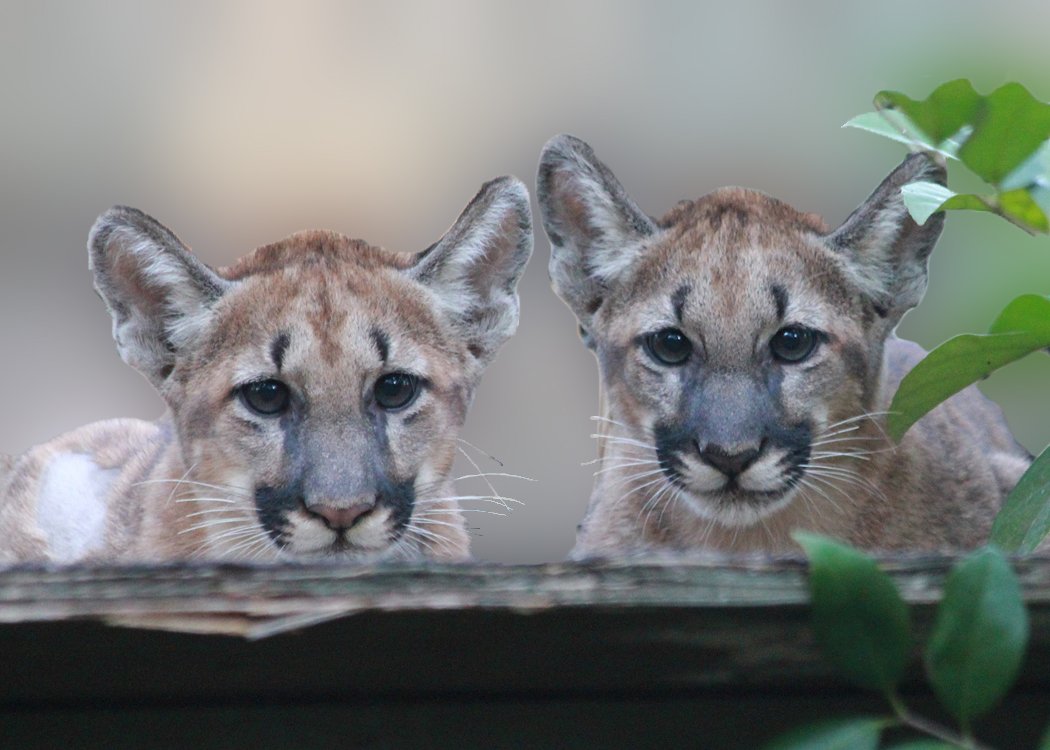
By the 1990s, the Florida panther population had dwindled so much that inbreeding became a silent killer. Kittens were born with heart defects, kinked tails, and weakened immune systems. In a bold move, scientists introduced eight female Texas cougars into the Florida population in 1995. This genetic rescue injected much-needed diversity, reducing birth defects and boosting survival rates. The cougars and panthers interbred, and the population slowly began to recover. Today, genetic monitoring continues to ensure the panther’s long-term health. This experiment in crossbreeding is now seen as a groundbreaking success, showing that sometimes, the best way forward is to embrace a little wild innovation.
The Fight for Survival: Conservation Efforts in Action
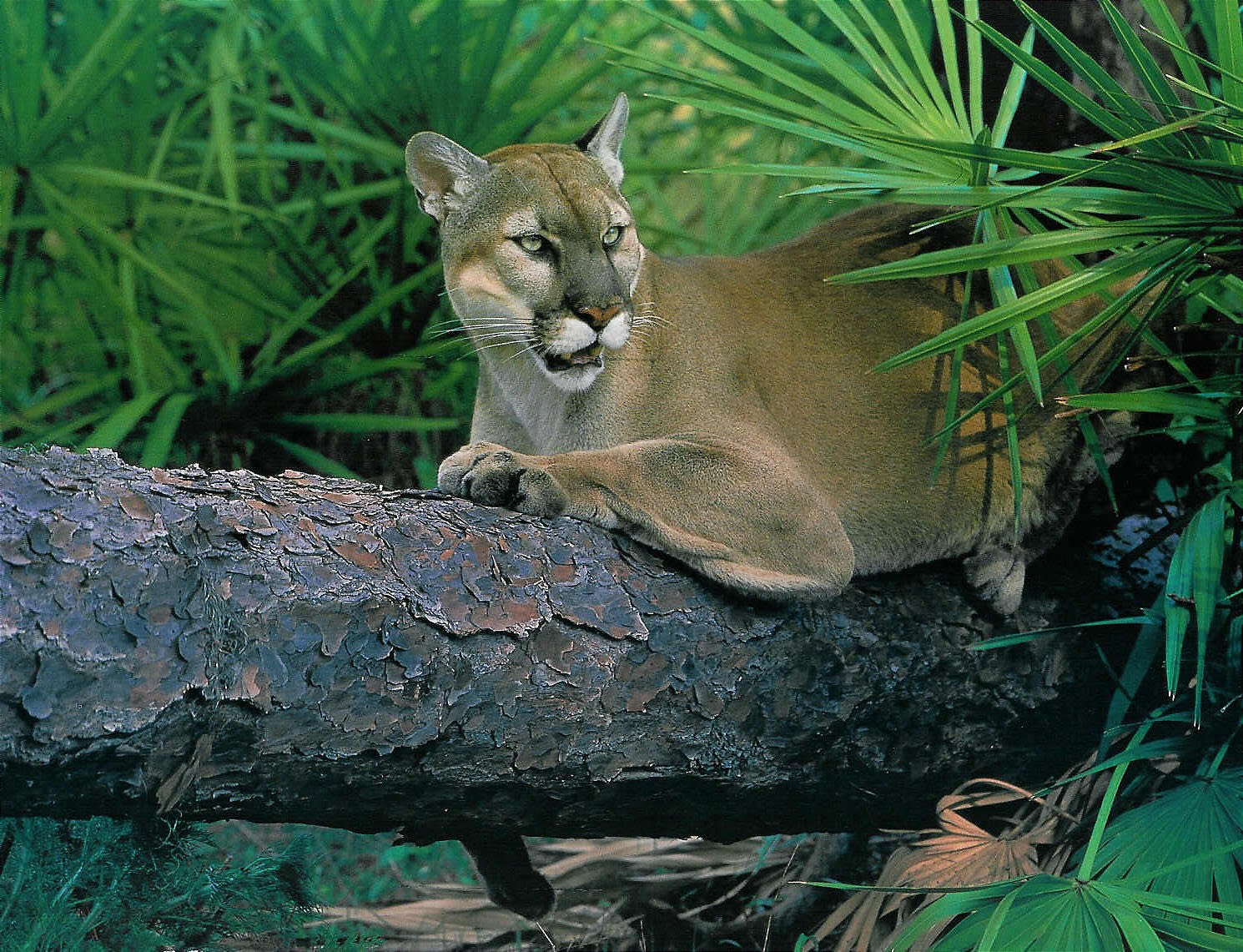
Conservationists have refused to let the Florida panther vanish without a fight. Protected under both state and federal law, the panther’s habitat is closely monitored. Wildlife crossings have been built under highways to reduce road deaths, and landowners are encouraged to preserve forests and wetlands. Biologists track panthers with radio collars, gathering vital data on their movements, health, and reproduction. Public awareness campaigns have helped reduce negative attitudes and fostered community involvement. Captive breeding and orphaned kitten rescues have also played a role in boosting numbers. Every effort is a piece of the puzzle, and the passion of those fighting for the panther’s future is a powerful force for hope.
The Panther’s Prey: A Delicate Food Web
The Florida panther is a top predator, but it depends on a healthy ecosystem to survive. White-tailed deer are its main source of food, but panthers are opportunistic hunters, also eating wild hogs, rabbits, and smaller mammals. When prey populations drop, panthers struggle, leading to more conflicts with humans and livestock. Invasive species such as Burmese pythons have disrupted the balance in the Everglades, competing for food and space. The health of the entire ecosystem is tied to the fate of the panther – when one suffers, all are affected. Protecting prey and restoring natural habitats are vital strategies in keeping the food web intact.
The Role of the Panther in Florida’s Ecosystem
Panthers are more than charismatic wildlife – they shape the very land they inhabit. As apex predators, they help control deer and hog populations, preventing overgrazing and promoting plant diversity. Their presence signals a thriving, balanced ecosystem. When panthers are healthy, so are the forests and wetlands they call home. Losing them would have far-reaching effects, disrupting food chains and altering the landscape in ways we can’t fully predict. The panther’s survival is a barometer for the health of wild Florida, reminding us how deeply our fate is tied to that of its most mysterious resident.
Panthers and People: Coexistence and Conflict
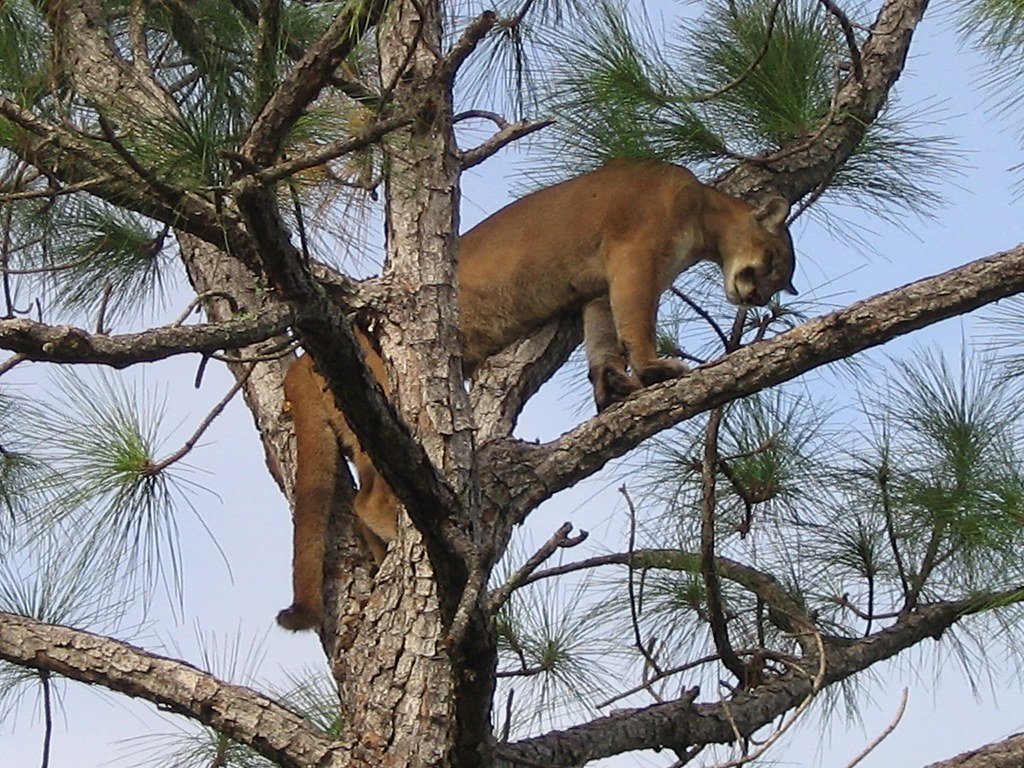
Living alongside a large predator is not always easy. Ranchers worry about livestock, and drivers fear hitting a panther on dark rural roads. Sometimes, panthers wander too close to human communities in search of food or territory. Education and outreach are critical in reducing conflicts; programs teach people how to secure livestock and avoid attracting panthers. Compensation programs help ranchers recover losses, while wildlife crossings and fencing keep panthers away from danger. As more people move to Florida, finding ways to live alongside its wildest inhabitants is becoming increasingly urgent. The challenge is not just saving the panther, but redefining our relationship with the wild.
The Shifting Future: Climate Change and Rising Waters
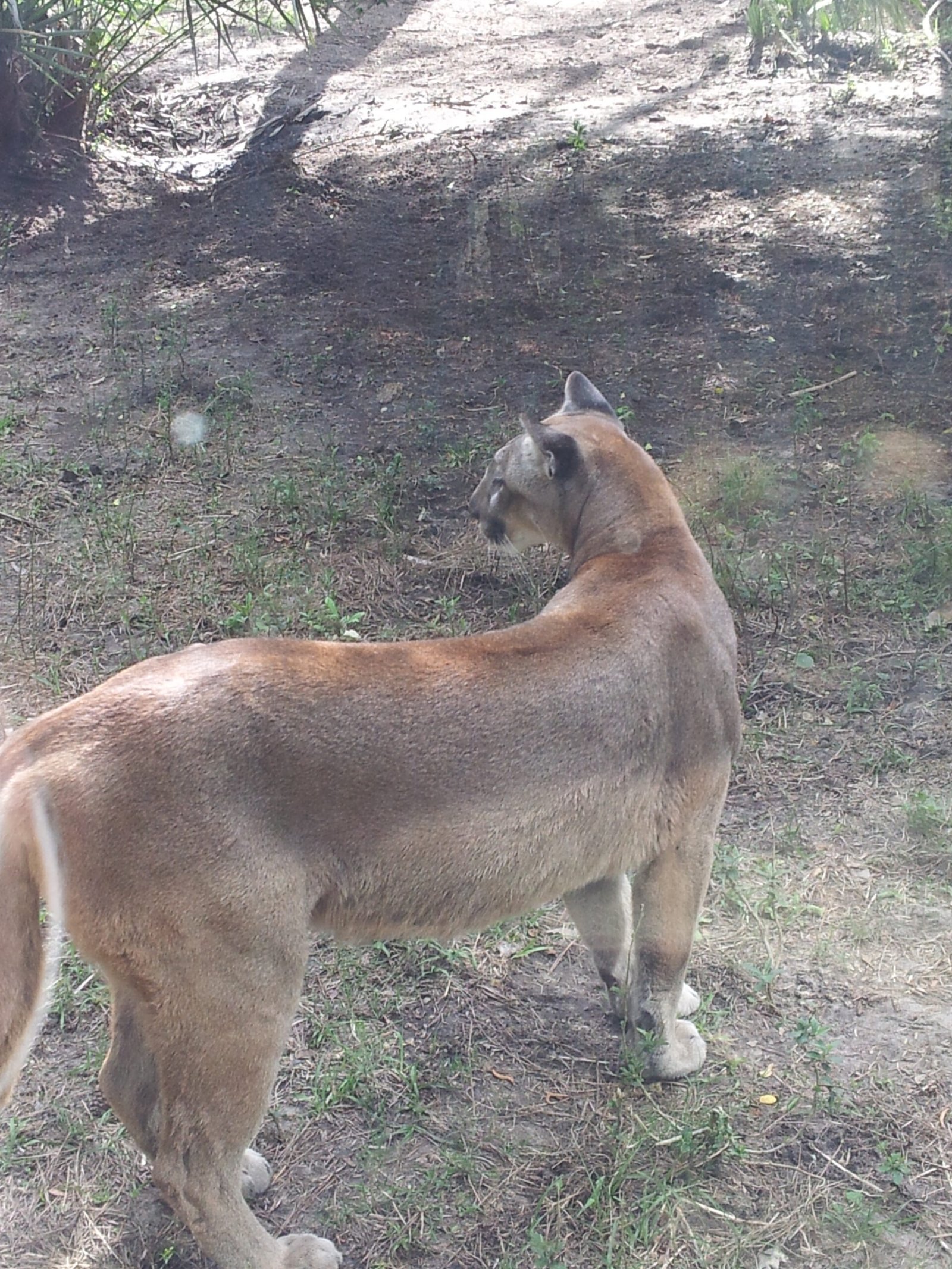
Rising sea levels and more intense storms are changing the landscape of South Florida. As saltwater intrudes into freshwater habitats, the delicate balance panthers rely on is disrupted. Flooded dens, disappearing prey, and shrinking territory threaten to undo decades of conservation work. Scientists are racing to study how climate change will reshape the panther’s world, looking for ways to help them adapt. Restoring natural water flows, preserving upland habitats, and planning for wildlife corridors are just some strategies under discussion. The future may be uncertain, but the fight to protect the panther is more important than ever.
A Symbol of Hope, a Call to Action
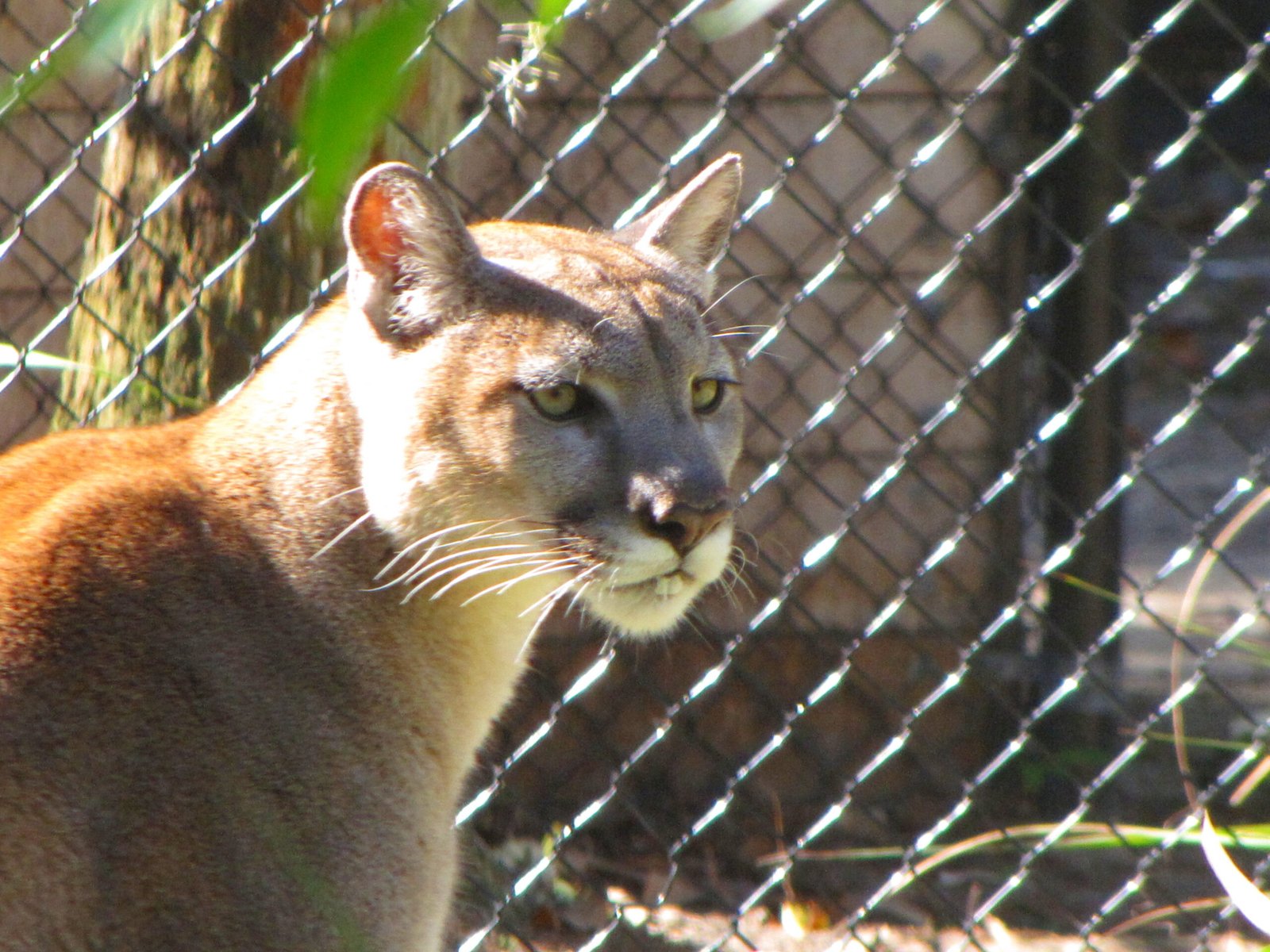
The Florida panther stands as both a warning and a promise. Its struggle reminds us of all that can be lost when wild places vanish, but also of the power of determined people to make a difference. Every panther that prowls the swamps is a living testament to resilience and recovery. As Florida grows and changes, the question remains: Will there still be a place for the ghost cat? The answer depends on what we choose to do next.



